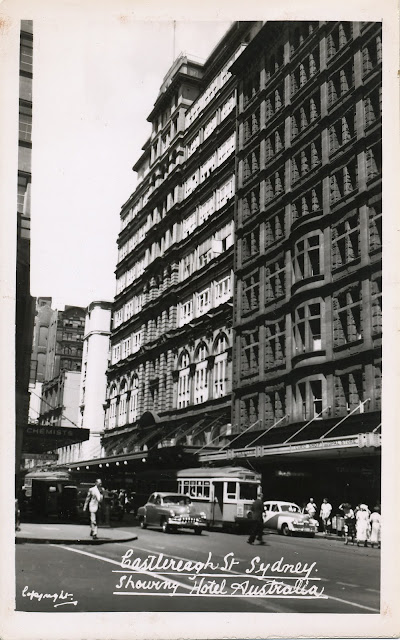Franz Walther, architect and building contractor, sent this card to Helmut Zimmer in Dresden in 1938. At first I thought Franz Walther was a city building official, but that doesn't seem to be the case. More likely, he owned the building that Mr. Zimmer lived in.
The message reads:
Dresden, November 23, 1938
By now you will have received my card from November 17, 1938 regarding bankruptcy case K.-Csb.
For the last time, I ask that you submit your answer to me no later than Saturday, November 26, 1938, and send you my greetings Master Builder Franz Walther
I'm not sure his plea was effective, because here is another card he sent nearly a month later.
The message reads:
Dresden, December 23, 1938
By now you will have received my letter of December 2, 1938 regarding bankruptcy case K.-Csb.
I ask you urgently to give me your decision so I can get Mr. Laemmerhirt moved in and I send you my greetings. Master Builder Franz Walther
It looks like the bankruptcy had something to do with an inheritance, but generally it remains a mystery. Here's the front of the second card, included only because it has such a great airmail cancellation.
Note: Originally, I was sure that this correspondence had something to do with seizure of Jewish property. Just a few weeks before the first card was sent, the horrific Kristallnacht resulted in the destruction of hundreds of Jewish-owned buildings and the beautiful old synagogue in Dresden. After that, the state also took measures to confiscate Jewish property. Zimmer is a name that can be Jewish - or not. I sent the scans off to someone who knows about such things; he was unable to draw any conclusions, but thought this was probably not related to Jewish property seizure. I mention it anyway, because it gives you an idea of the tension in Dresden and other parts of Germany and Austria at that time.
































